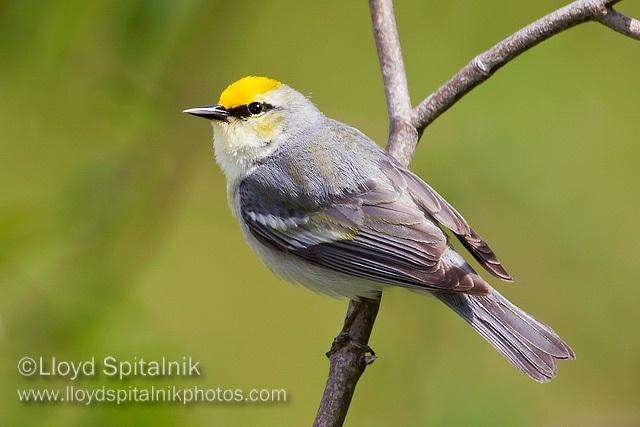New species concept based on mitochondrial & nuclear DNA coadaptation

What is a species? Biologists—and ornithologists in particular—have been debating the best definition for a very long time. A new commentary published in The Auk: Ornithological Advances proposes a novel concept: that species can be defined based on the unique coadaptations between their two genomes, one in the nuclei of their cells and the other in their mitochondria.
All animals have two sets of genes, one in the cell nucleus and one in organelles called mitochondria, and these two sets of DNA work together to enable cellular respiration and energy production. If they're mismatched, the result is reduced energy output and increased production of damaging free radicals. While the most commonly used species definition is based on the idea that isolated populations slowly accumulate changes in their nuclear genes that make interbreeding impossible, Auburn University's Geoffrey Hill proposes a new twist on the species concept—that speciation is really the divergence of sets of coadapted mitochondrial and nuclear genes. Interspecies hybrids, his theory suggests, have reduced fitness due their mismatched genomes' reduced ability to work together in the cell.
Past studies have shown that mitochondrial genotype tends to be very good at showing species boundaries between birds. This "mitonuclear compatibility species concept" helps explain the fact that the abrupt transitions between mitochondrial genotypes at species boundaries correspond with abrupt transitions in songs, plumage patterns, and female mating preferences. Interestingly, two closely related species that have recently been documented to have extensively intermingled nuclear genes—Blue-winged and Golden-winged warblers—also show an abrupt transition in mitochondrial genes.
"Almost all ornithologists who write and think about avian speciation study phylogeography—the geographical distribution and genetic structure of bird populations," says Hill. "In contrast, I study bird ornamentation and, particularly, bird coloration. It was the discovery that ornaments signal mitochondrial type that led to my sudden realization that mitochondrial type—or, more accurately, coadapted sets of mitochondrial and nuclear genes—define species boundaries. I don't think I would have ever seen the pattern if I had come at the question from a phylogeographic perspective."
"This is an intriguing and controversial idea—that mitonuclear incompatibilities could be so central to generating new avian species—and I see this as a call for more research into how these incompatibilities might manifest themselves in young species," says avian evolutionary biologist David Toews of Cornell University. "The functional aspects of mitochondrial genes have, in particular, received little attention from the ornithological community, and it will be interesting to see how these ideas play with additional empirical studies going forward."
More information: "The mitonuclear compatibility species concept," The Auk: Ornithological Advances, March 8, 2017, americanornithologypubs.org/do … 10.1642/AUK-16-201.1
Provided by American Ornithological Society Publications Office



















